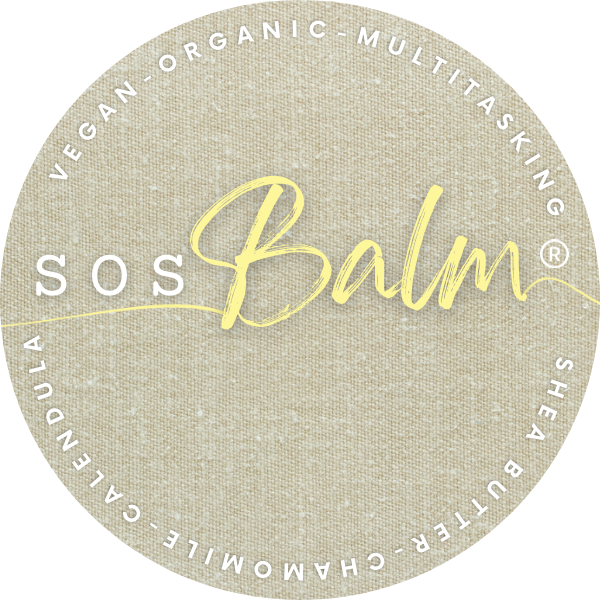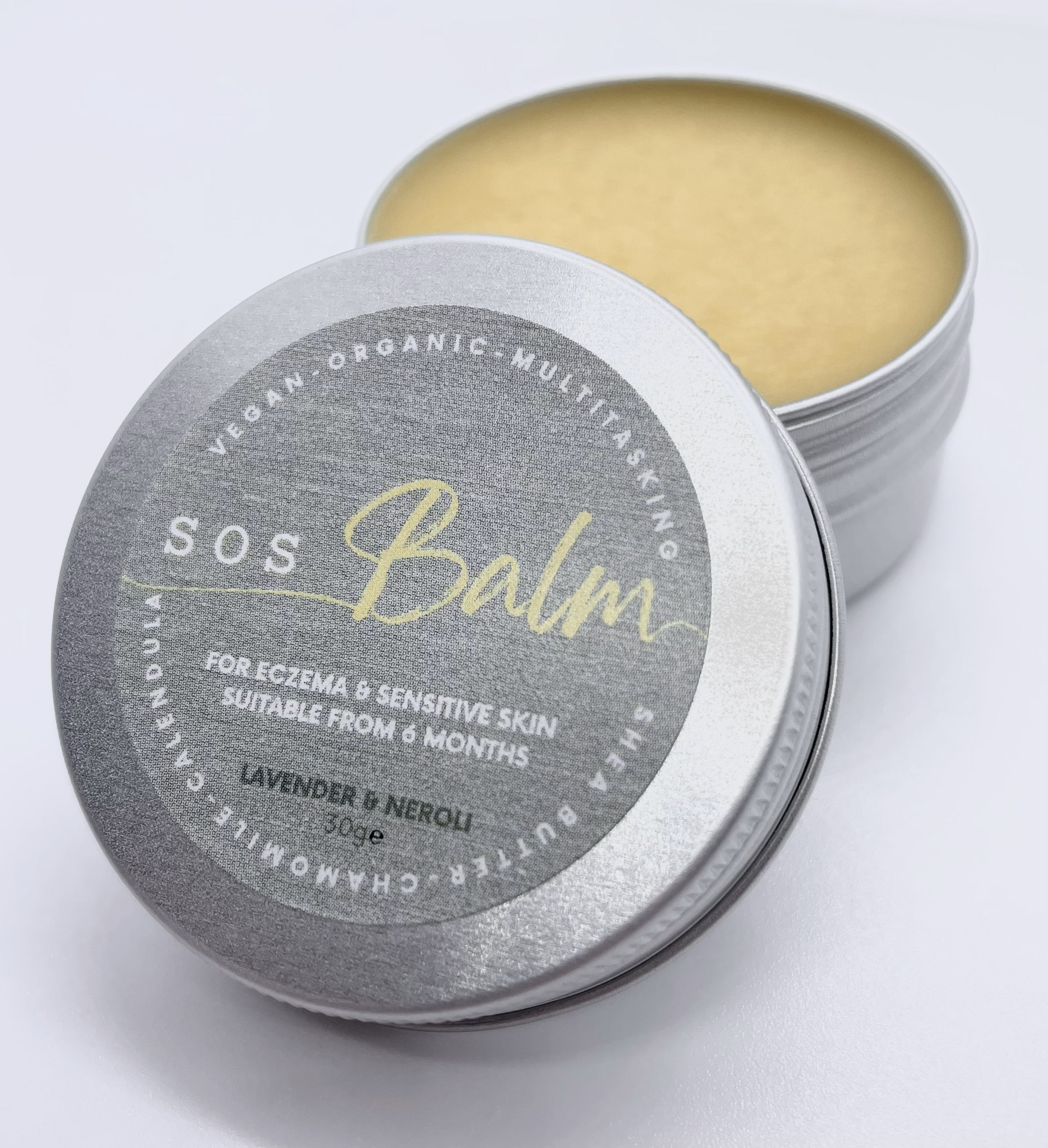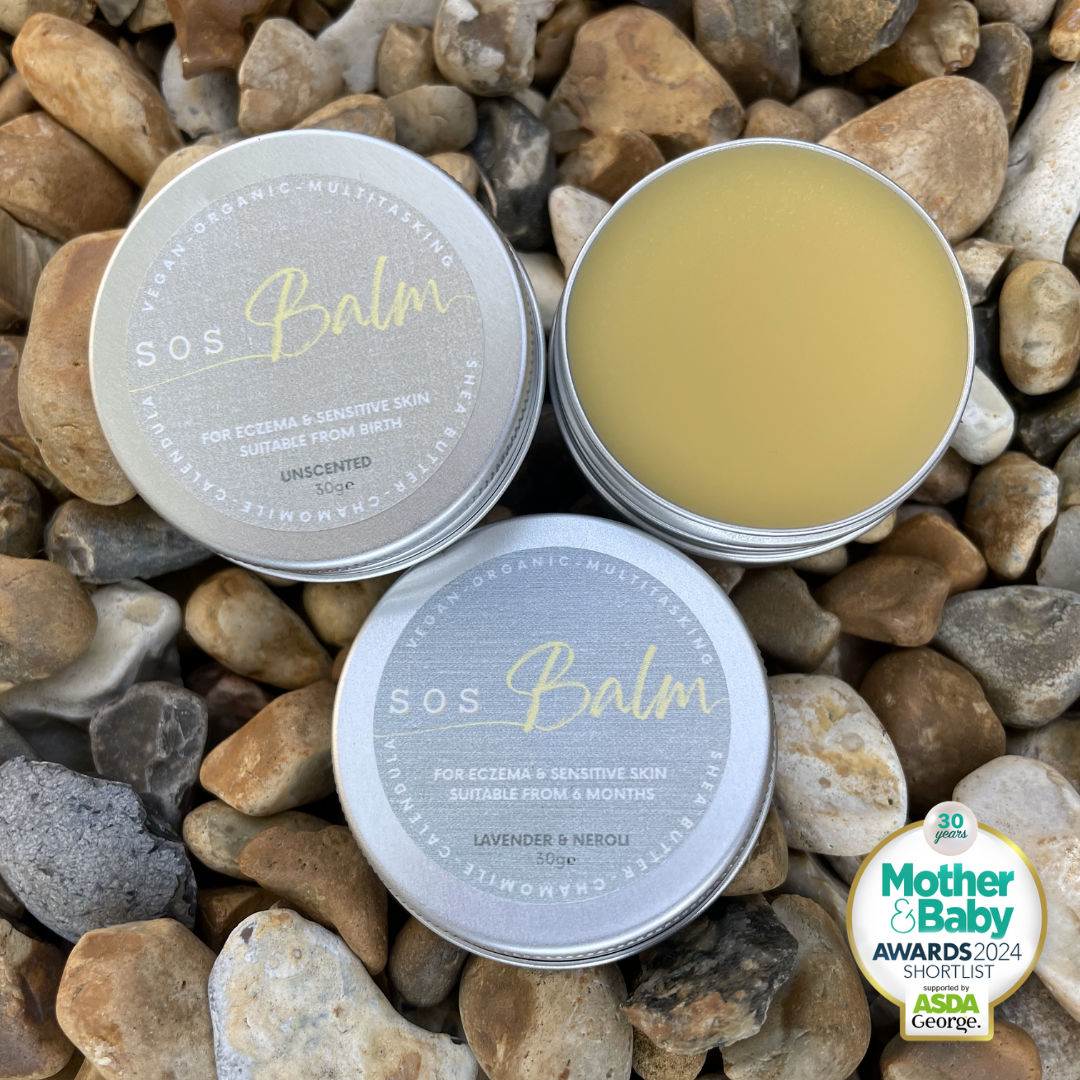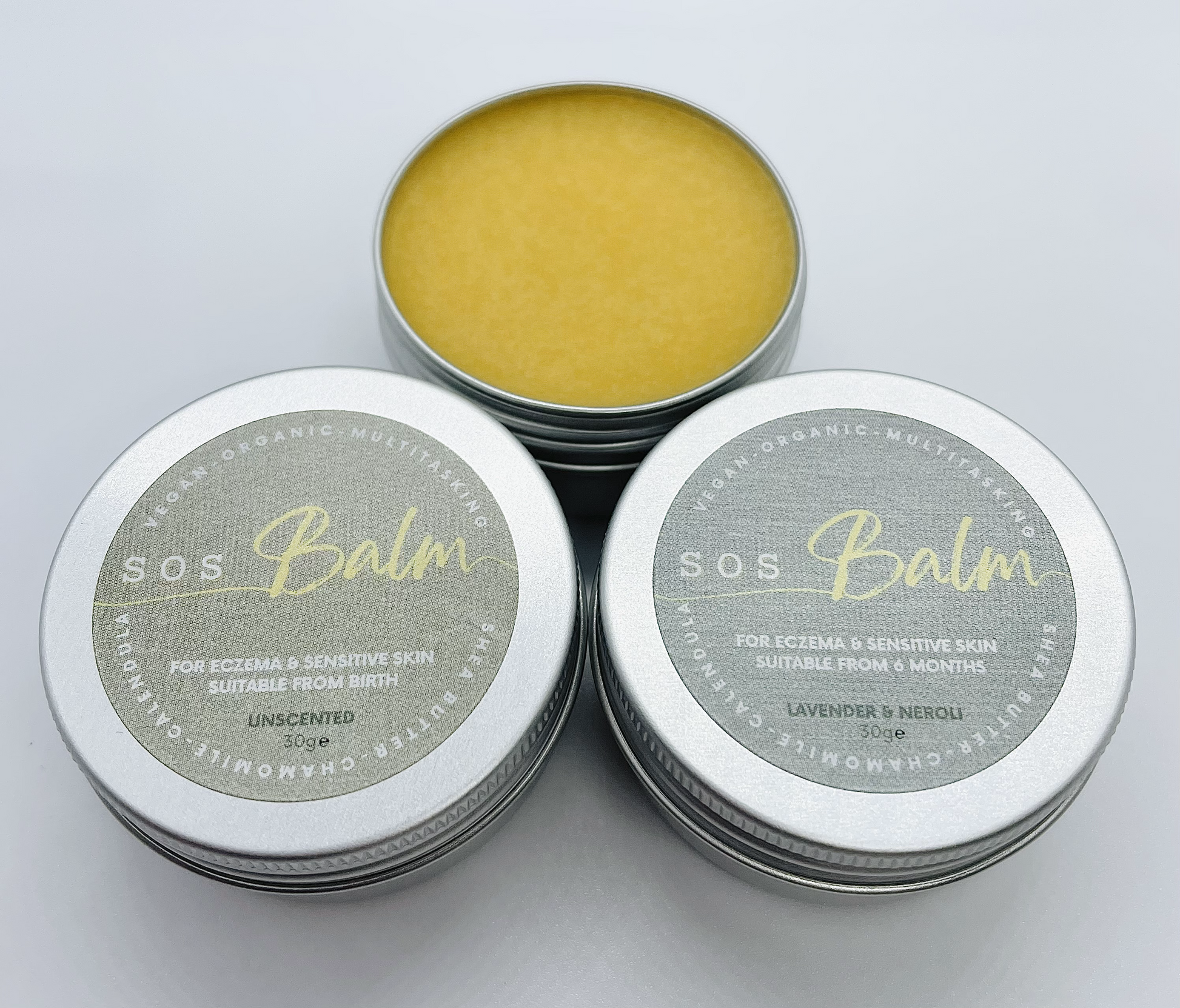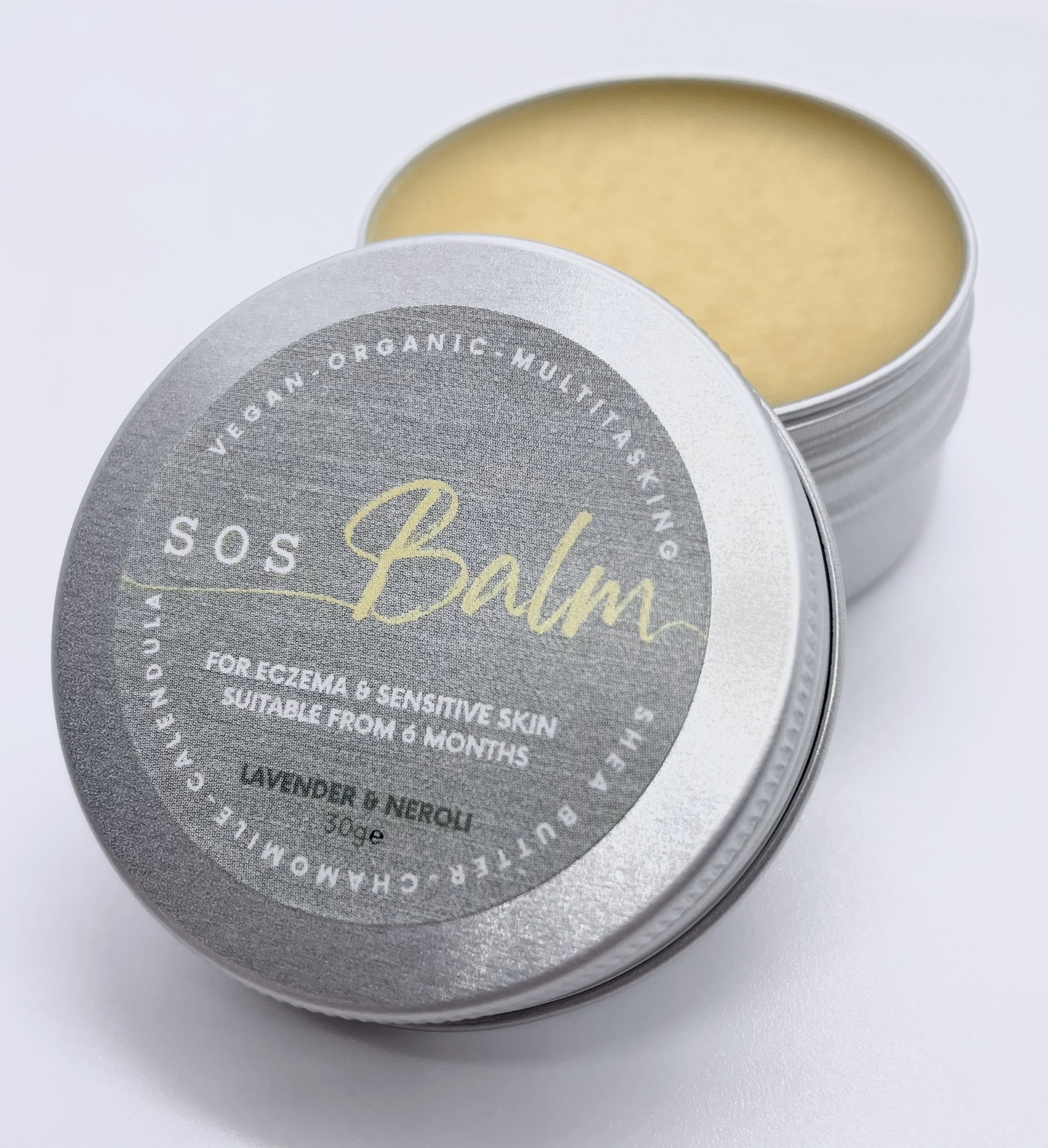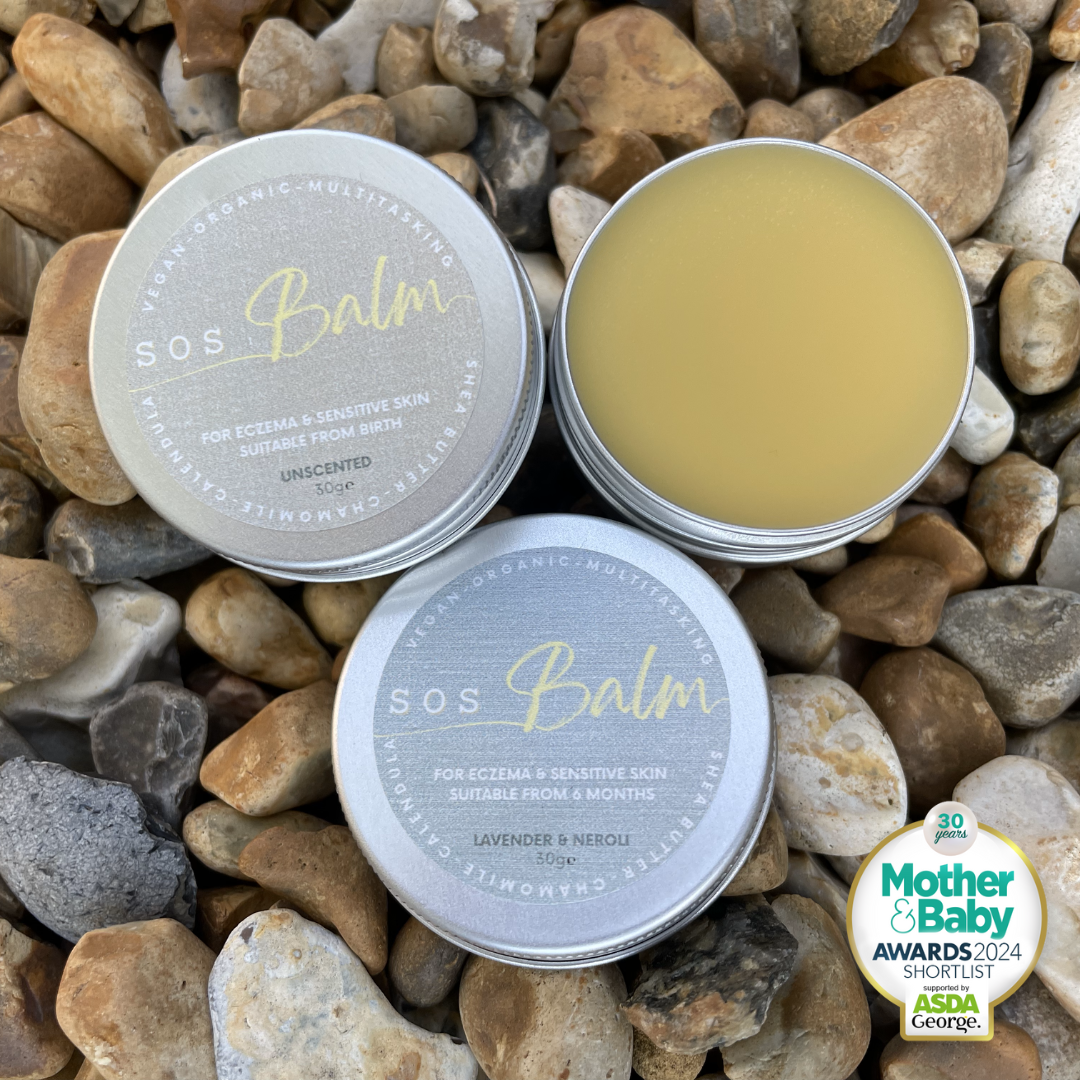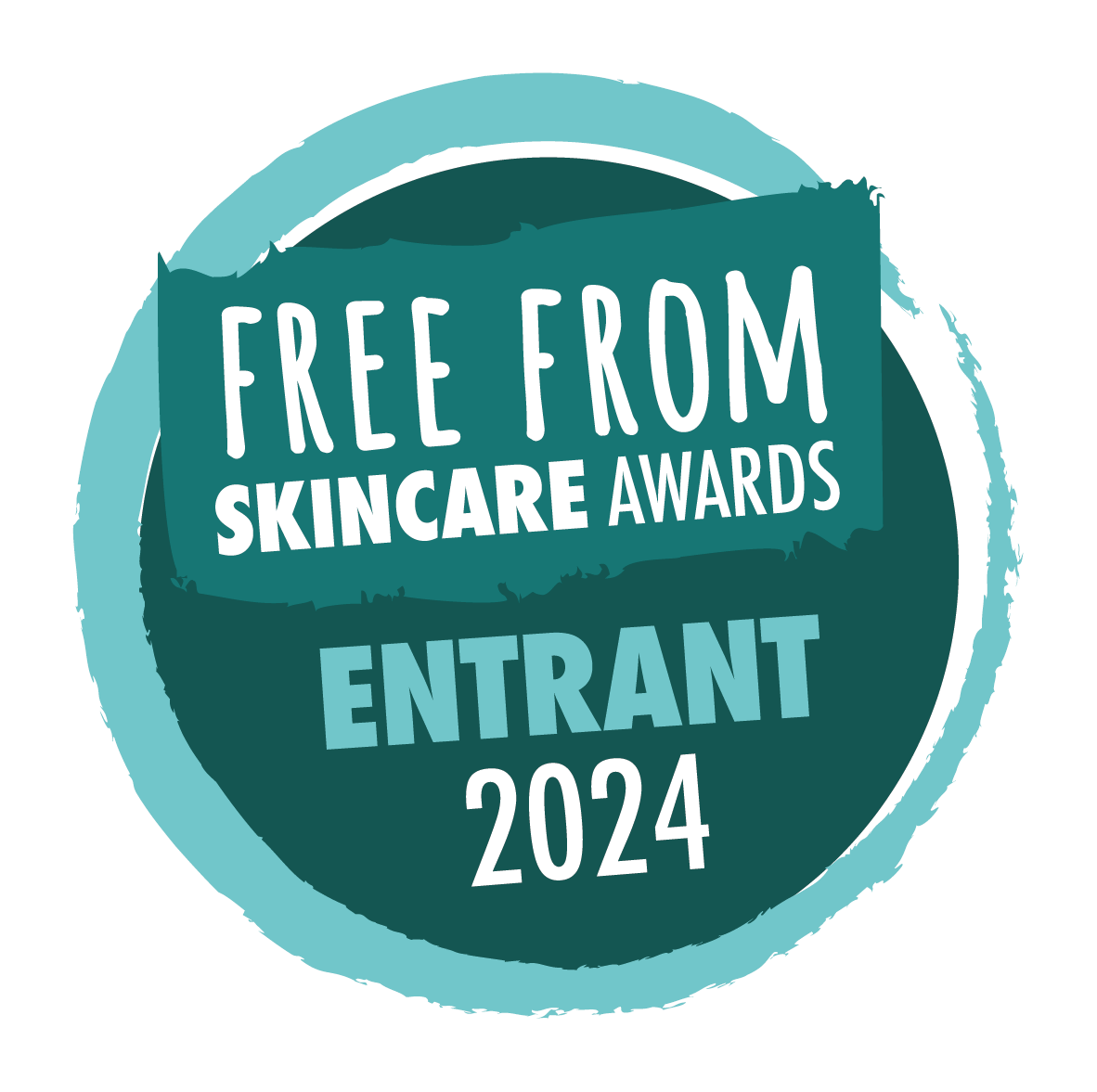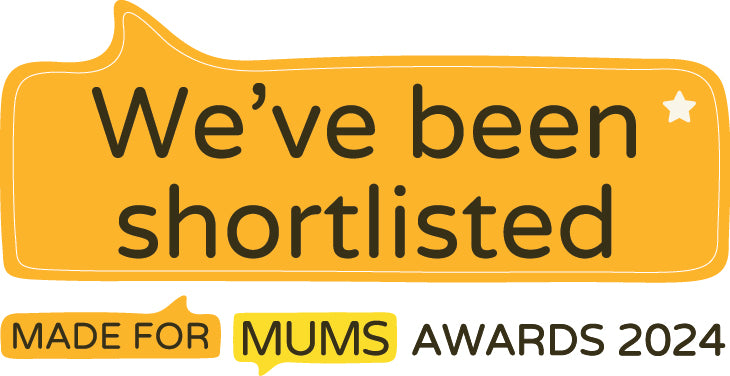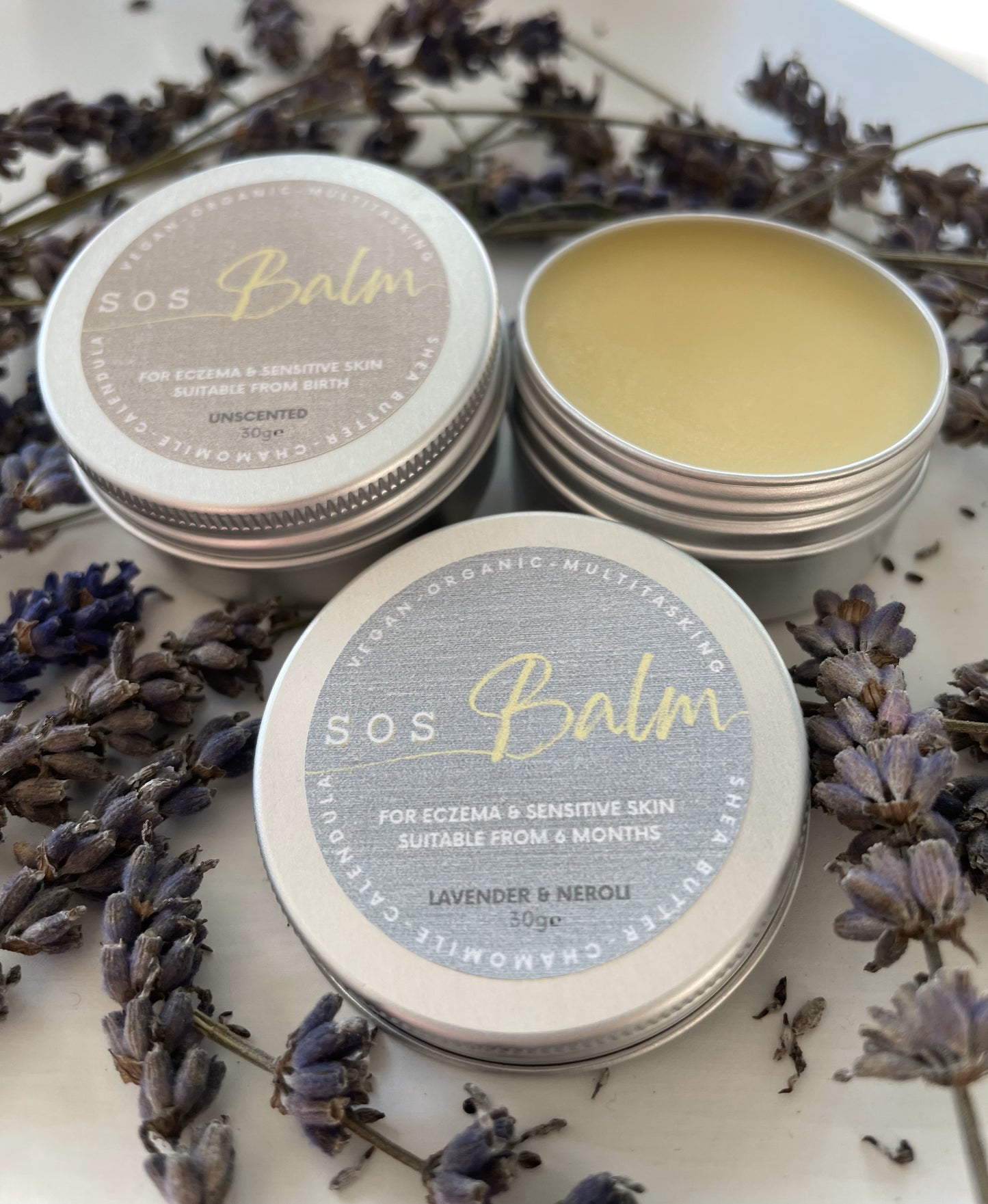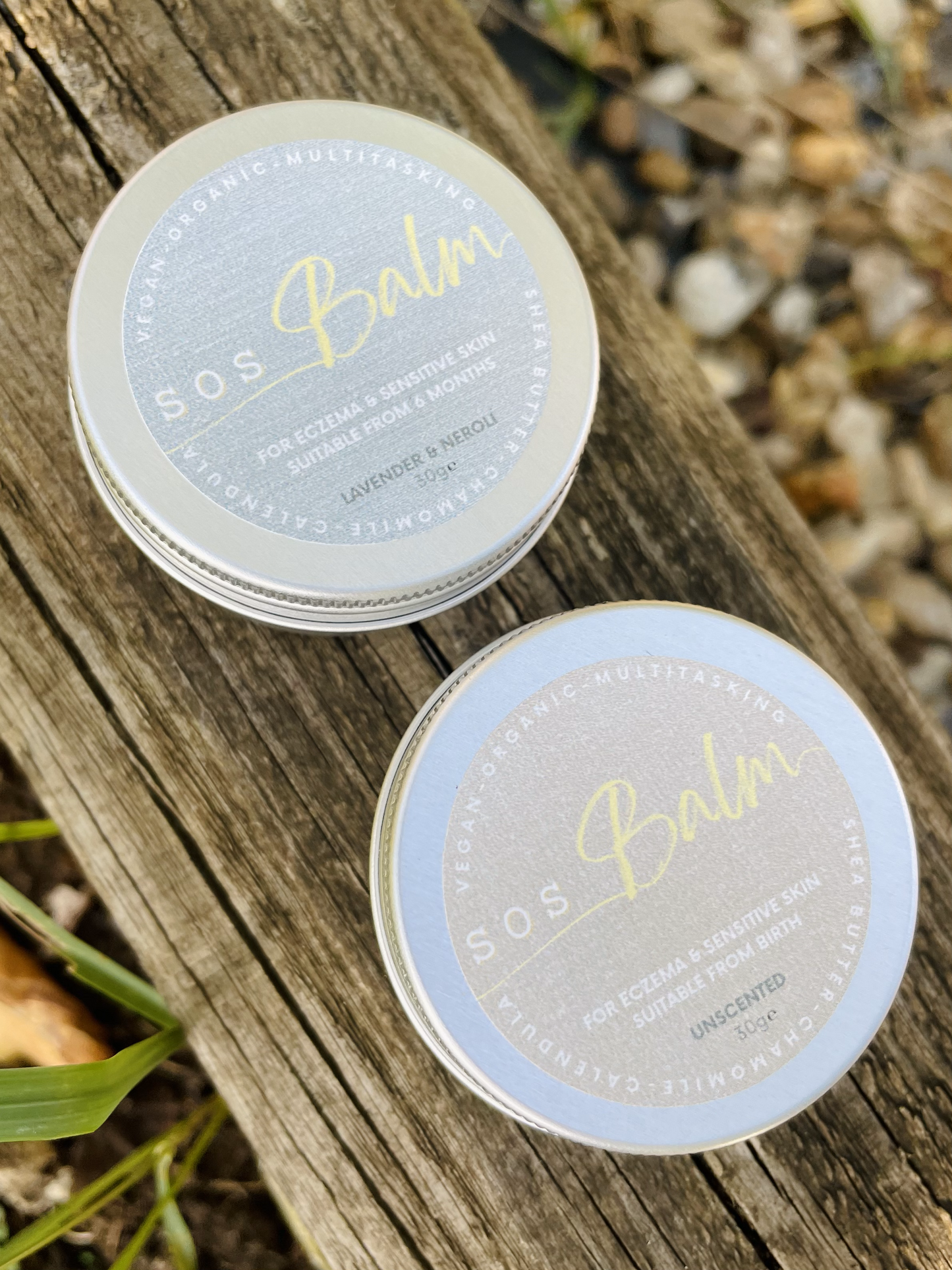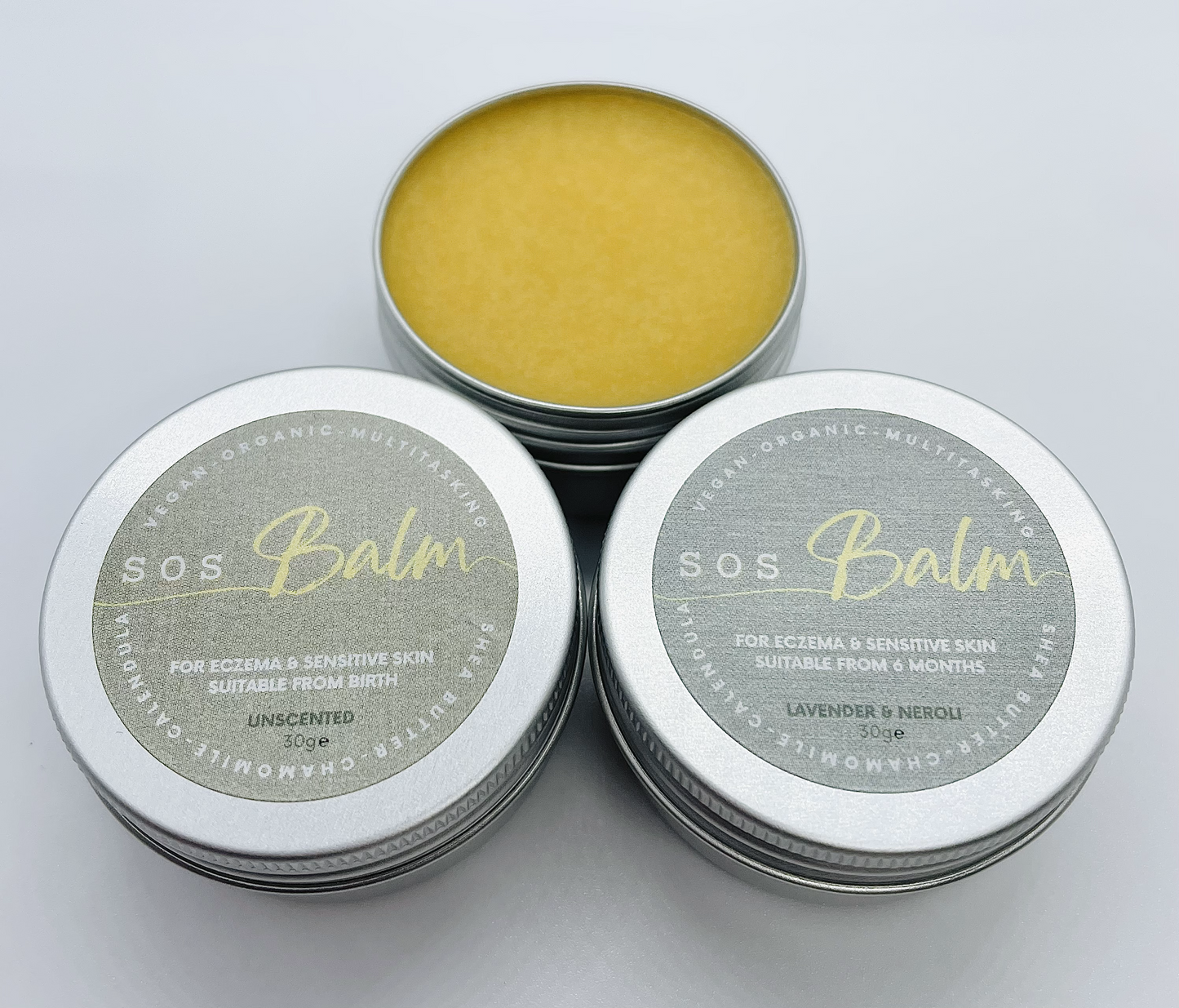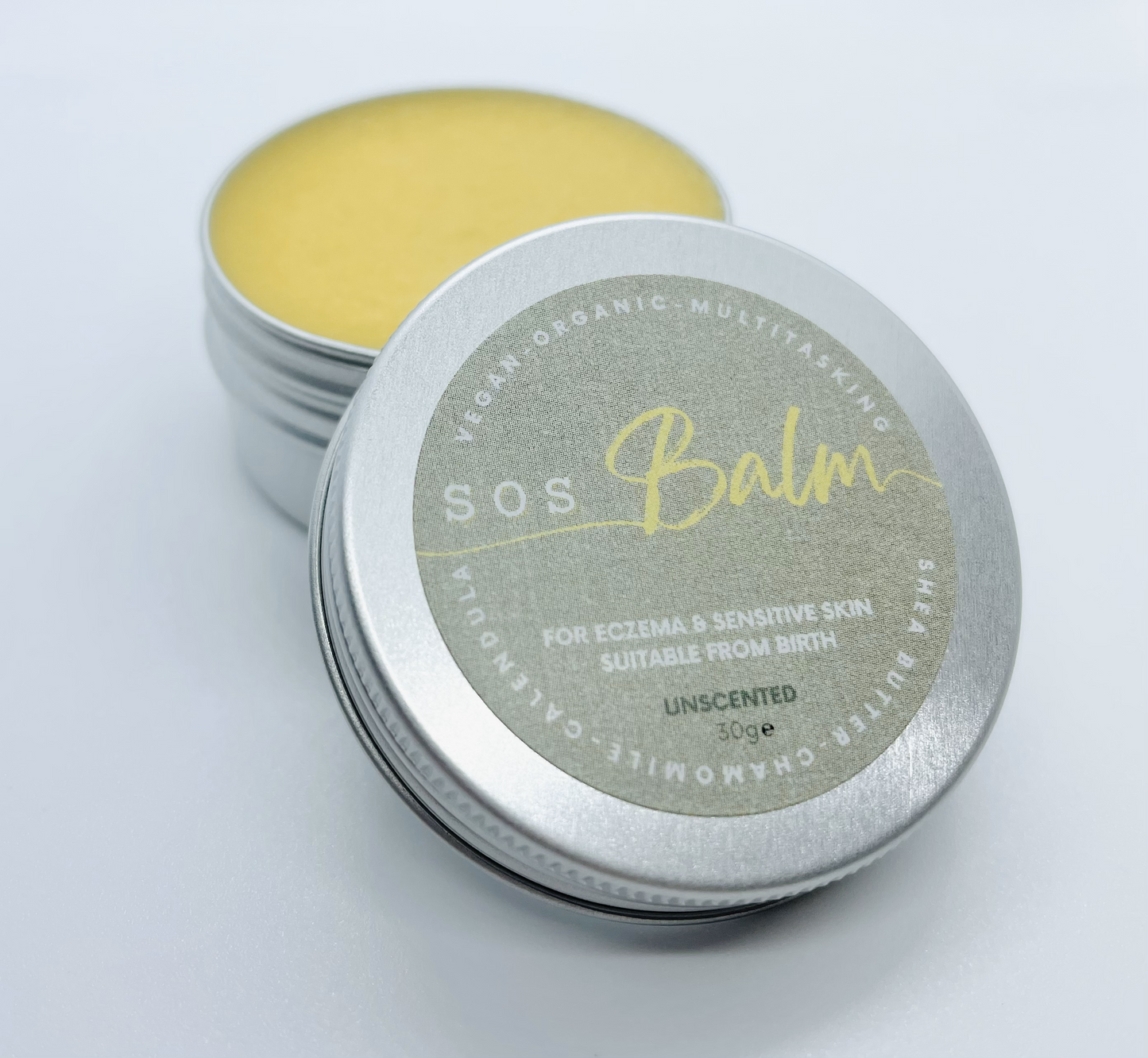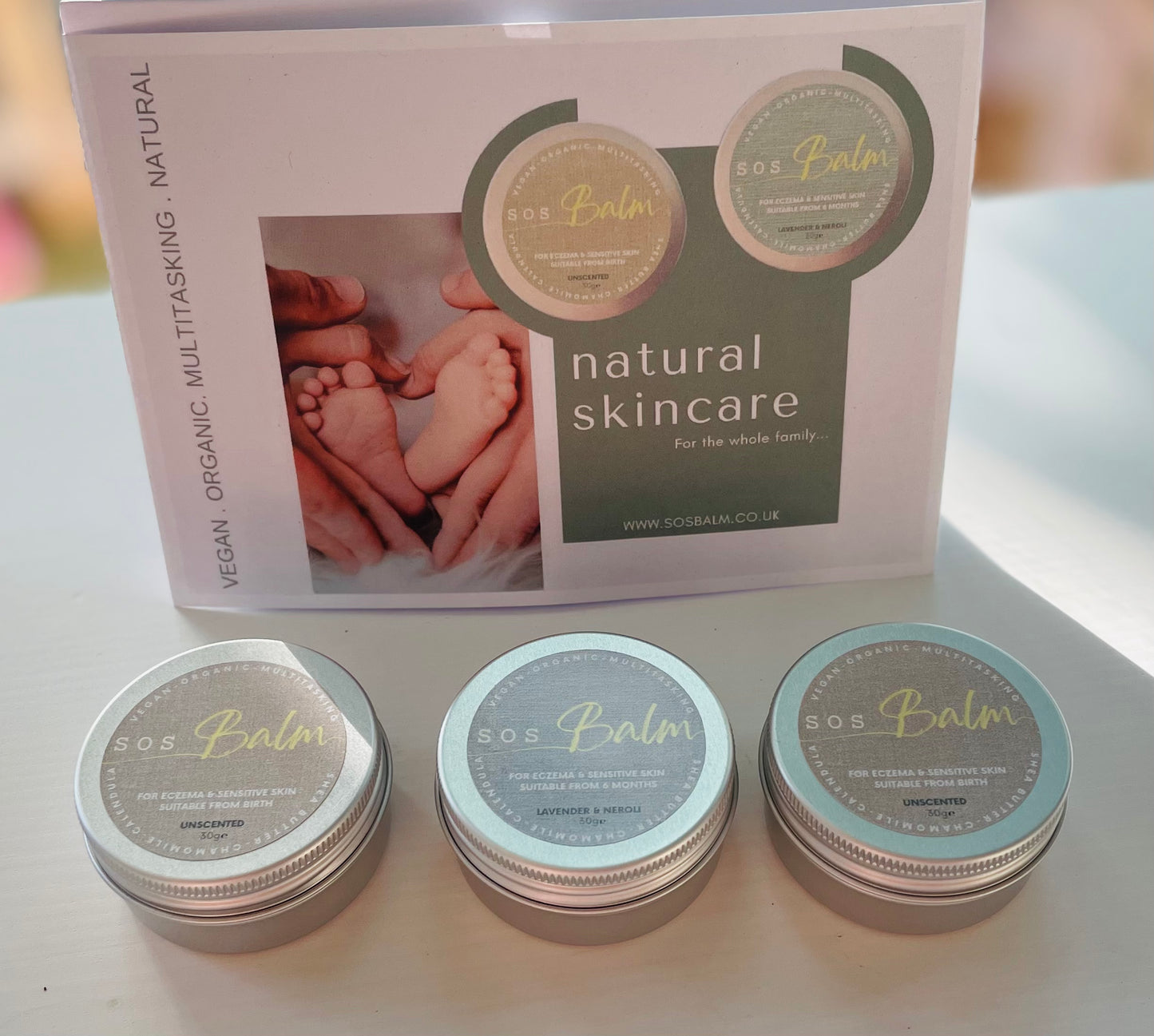Topical Steroid Withdrawal (TSW), is a condition that can occur in the weeks after stopping the use of topical steroid creams. It is sometimes referred to as red skin syndrome.

Steroid creams, ointments and lotions available over the counter and on prescription, are one of the most common methods to manage eczema, psoriasis and dermatitis. While we have been told they don’t usually cause harm, topical steroids can lead to a painful condition called topical steroid withdrawal (TSW) when they are stopped after being used without breaks and long term.
Sufferers are often left in the dark as to what to do to treat the symptoms and resolve the issue, and are often dismissed by their medical practitioners. This can lead to much distress, anxiety and depression.
Why does TSW Happen?
Topical Steroid Withdrawal (TSW) is a massively misunderstood and dismissed condition. Whilst there is currently little medical research on the subject, there are many people suffering.
Cork and others (2006) said that 'topical corticosteroids disrupt the epidermal barrier' and cause an inflammatory response. When the skins natural barrier becomes compromised, allowing irritants and allergens into the body, irritation occurs and the body's natural defence kicks in to fight the foreign substance, flaring the immune system. That result is redness, soreness and inflammation as the body tries to keep out things like dust and dirt that the skin usually protects the body from. With the skins barrier compromised, the natural oils will also become unbalanced, leading to dry, tight and flaking skin. The unknown part of the puzzle is what exactly creates the withdrawal and resulting fall out with the cessation of use of treatment creams, especially the burning and other symptoms associated with withdrawal.
What has been concluded with the little research available is that it TSW is linked with long term use of topical steroids without breaks.
What can I do to help heal from TSW?
There are many things that can be addressed to help with the TWS recovery journey.
- Diet and lifestyle
- Sleep
- Stress
- Inflammation
- Calming the immune system
- Bathing (No moisture treatment (NMT), water filters, salt baths
- Household products - personal products and creams
Addressing the above can make a massive impact to easing, shortening or aiding in TSW recovery. It can often feel overwhelming but there is a lot of information on the internet to help, as well as consulting your doctor. You can also work with an alternative practitioner such as a health coach to help you on your journey, navigating the changes required to your individual needs.
How Can SOS Balm Help In TSW Recovery
A major thing that often gets overlooked, is that many steroid creams and ointments contain unhelpful artificial ingredients such as mineral oil, preservatives and paraffin products, that, as well as steroids, can also compromise the integrity of the skins barrier, cause dryness, contact dermatitis (a form of eczema), reaction, inflammation and irritation. It's important when seeking steroid free creams during topical steroid withdrawal or skin condition flares, to look for natural alternatives with no mineral oils (known by many different names), no allergens and ingredients that can ease itching, help restore the skins natural barrier and ease symptoms, like SOS Balm.
Trying to treat TSW with moisturisers that are steroid free but full of harmful ingredients can be aggravating the problem and prolonging recovery.
SOS Balm has been reported to help calm itching, provide moisture whilst allowing the skin to breath and Hemp oil has been shown in studies to balance the skins natural oils aid in restoring the skins natural barrier. Calendula and chamomile extracts have natural qualities to protect against infection and most of the ingredients help fight inflammation.
Further Help on your TSW healing journey
It can feel incredibly daunting, not only facing the difficulties of of Topical Steroid Withdrawal, but navigating what is required to get you through your recovery journey. SOS Balm can be a great help and If you are looking for extra support with diet and lifestyle changes to help on your TSW recovery journey, Lucy Pierce can help. With experience of working with sufferers of TSW as well as skin conditions like eczema and a deep understanding of the immune system, she is a qualified health coach and has the empathy and skills required to help you. She is also the creator of SOS Balm, a natural balm created for eczema prone and sensitive skin. Contact her today at lucy@thehealthandwellbeingcoach.co.uk or on 07814 521 325 to book a free chat to see how she can help you. More info at www.thehealthandwellbeingcoach.co.uk.
References:
Hajar T and others. A systematic review of topical corticosteroid withdrawal (‘steroid addiction’) in patients with atopic dermatitis and other dermatoses. Journal of the American Academy of Dermatology 2015: volume 72, pages 541–49.
Juhasz M and others. Systematic Review of the Topical Steroid Addiction and Topical Steroid Withdrawal Phenomenon in Children Diagnosed With Atopic Dermatitis and Treated With Topical Corticosteroids. Journal of the Dermatology Nurses’ Association 2017: volume 9, pages 233–240.
Cork MJ and others. New perspectives on epidermal barrier dysfunction in atopic dermatitis: gene–environment interactions. The Journal of Allergy and Clinical Immunology 2006: volume 118, pages 3–21.
Link to further studies:
Gust P and others. The role of delayed-delayed corticosteroid contact dermatitis in topical steroid withdrawal. Journal of the American Academy of Dermatology 2016: volume 74, e167.
